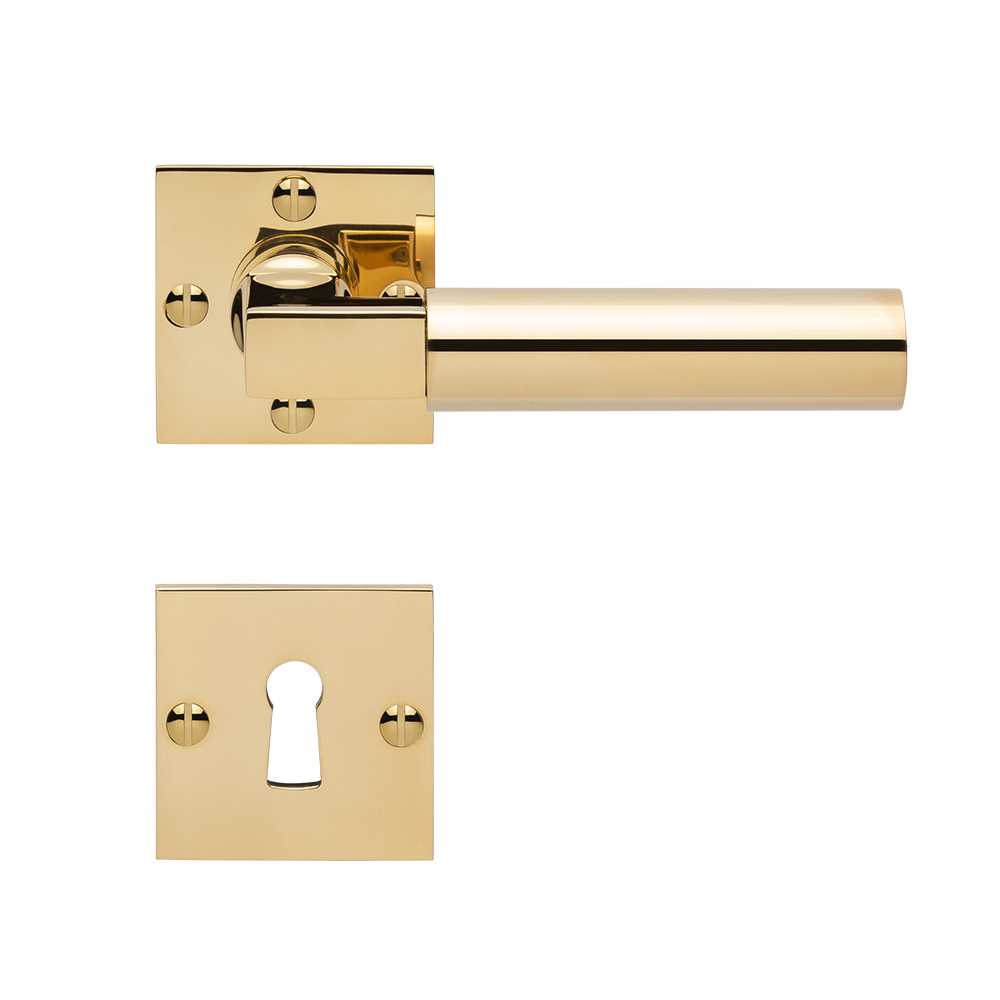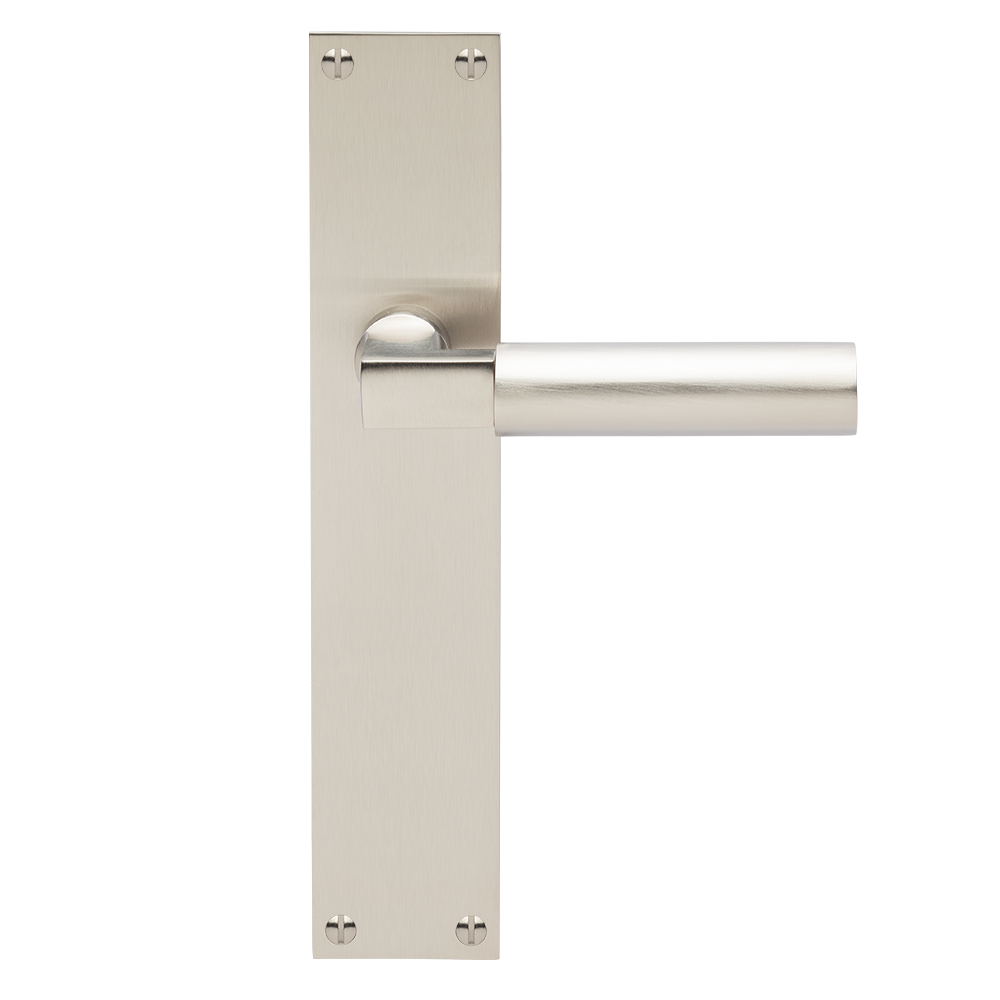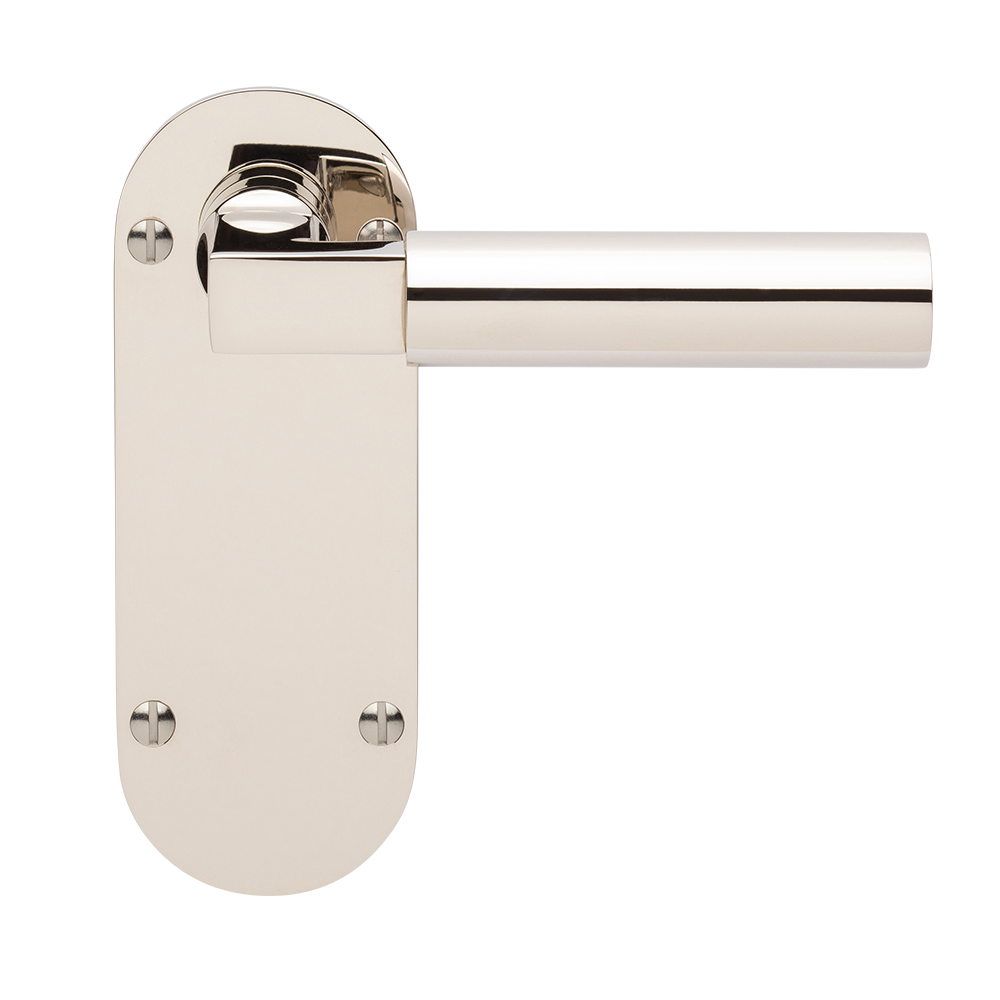100 years of the Gropius door handle
The opening of the first Bauhaus exhibition in Weimar on 15 August 1923 represented the culmination of an extremely intensive creative period for the members of the then government-run Bauhaus school of architecture, art and design, and particularly for Walter Gropius, its founder and director. For the first time, and due to pressure from the local state government of Thuringia, all Bauhaus workshops, schools and masters presented their Neues Wohnen approach, a new way to build and live, to the public within the scope of a show. At the core of the exhibition was the "Haus am Horn", a residential building constructed especially for this purpose. The experimental building reflected all of the school's revolutionary ideas about design, sharing spaces and architecture. Walter Gropius realised the square building as its principal developer, and for his part, presented a door handle he had designed to the public for the first time that would go on to become a design classic and still has many friends and fans all over the world, even 100 years later. TECNOLUMEN is the only authorised manufacturer worldwide, and has reproduced the original Gropius door handle under the brand name TECNOLINE since 1983; the company continues to do so to the highest quality and authenticity standards.

The opening of the first Bauhaus exhibition in Weimar on 15 August 1923 represented the culmination of an extremely intensive creative period for the members of the then government-run Bauhaus school of architecture, art and design, and particularly for Walter Gropius, its founder and director. For the first time, and due to pressure from the local state government of Thuringia, all Bauhaus workshops, schools and masters presented their Neues Wohnen approach, a new way to build and live, to the public within the scope of a show. At the core of the exhibition was the "Haus am Horn", a residential building constructed especially for this purpose. The experimental building reflected all of the school's revolutionary ideas about design, sharing spaces and architecture. Walter Gropius realised the square building as its principal developer, and for his part, presented a door handle he had designed to the public for the first time that would go on to become a design classic and still has many friends and fans all over the world, even 100 years later. TECNOLUMEN is the only authorised manufacturer worldwide, and has reproduced the original Gropius door handle under the brand name TECNOLINE since 1983; the company continues to do so to the highest quality and authenticity standards.
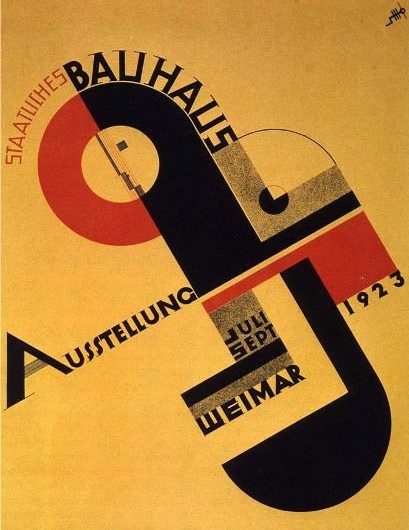
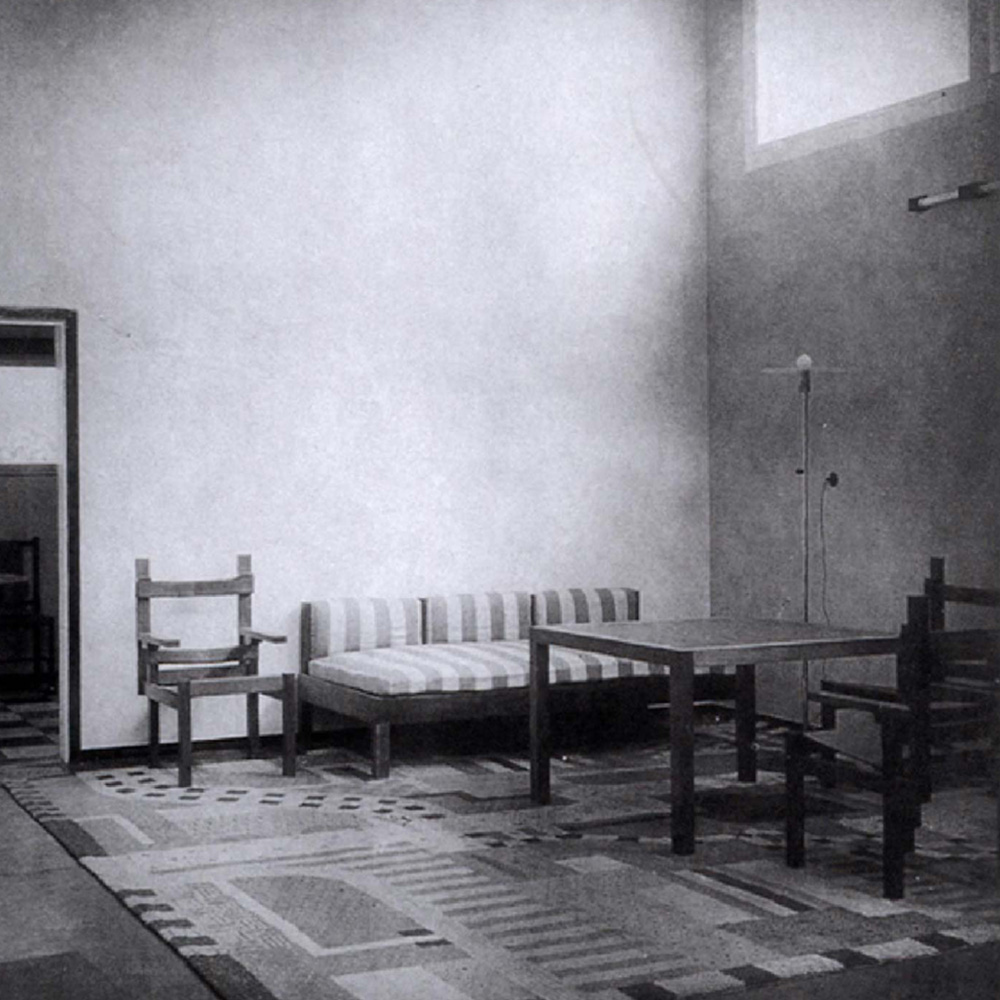
On 15 August 1923, Walter Gropius opened the Bauhaus exhibition with a lecture on its programme entitled "Art and Technology, a New Unity". Although public's reactions differed widely, and the exhibition was not a financial success, the international media response was full of praise.
Gropius wanted to showcase the best work of everyone involved with the Bauhaus in the form of a "united whole". The interior furnishings above all permitted the students to shine. However, the director himself also contributed to the interior design. He had realised that the door furniture that was available on the market at the time would not "open the door" to this new architecture.
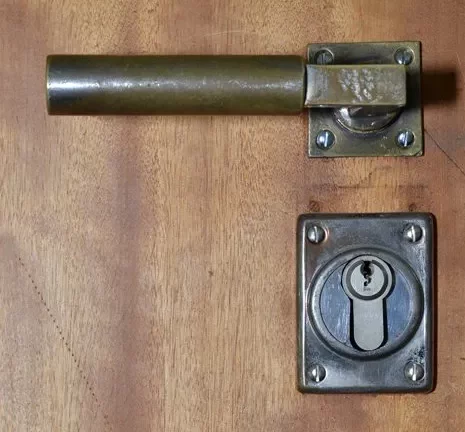
Gropius had already worked on a modern door handle based on the two simple geometrical shapes of a cylinder and a square bar, in 1922. However, aesthetically, this design was still far removed from the one he presented in the Haus am Horn in 1923. He revised the door handle design for this, which resulted in the now well-known version. All the doors in the Haus am Horn featured this door handle and square handle roses. Gropius also designed window casement fasteners supported by a T-shaped square bar to match the design of the door handles.
Looking back, the nickel-plated brass door handles with their minimalist square roses were far ahead of the ordinary architecture of the time. The door and window fittings were manufactured by the renowned Berlin brass foundry S.A. Loevy, with whom Gropius had already collaborated when he worked for Peter Behrens.
The door handles taken from the Bauhaus building combine the basic shapes of square and circle. Their smooth, easy to clean surfaces met the modern home hygiene standards.
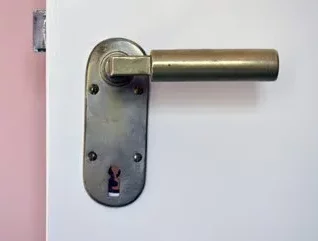
When the Bauhaus relocated to Dessau in 1925, Gropius used the so-called "Dessau Bauhaus door handle" for the school building and the Bauhaus Masters' Houses. This was a larger Gropius door handle that was more in keeping with the size of the doors. However, more significant was the changed escutcheon. Whilst Gropius used square roses and long escutcheons in Weimar, he used a rounded short escutcheon in the Bauhaus building, the Masters' Houses and the Haus Fieger building.
Around 400 sets of nickel-plated brass door furniture, and a further 100 cast iron sets, had to be manufactured for this. The Bauhaus buildings attracted major national as well as international attention, and the "Bauhaus door handle" therefore soon became the most popular door handle in modern architecture.
When the Second World War started, the materials used were reserved for arms manufacturing, and only a few Gropius door handles were made. After the war, there was little demand for these door handles, and in the early 1950s, they disappeared completely from the ranges of the door furniture manufacturers. Public interest in the Bauhaus designs did not revive until the 1980s. The Bremen-based company TECNOLUMEN manufactured the Gropius door handle for the first time as a design object from 1983 onwards. Unfortunately, most of the original door handles and window casement fasteners in the Bauhaus buildings had disappeared over the years. Only a few pairs had survived in the Masters' Houses in Dessau. In the early 1990s, TECNOLUMEN reconstructed all furniture sets with the aid of the surviving examples and recast the missing furniture. Since then, they have been an important element of the period look.
TECNOLUMEN still manufactures the so-called "Bauhaus door handle" on the basis of Walter Gropius' original designs today.
Using the traditional permanent mould casting process, the door handles, window casement fasteners and door escutcheons are hand-cast and hand-forged in Germany, laboriously finished by hand, polished and finally galvanised. A "modular building system" offers many options for bespoke Gropius door handle combinations according to the respective individual requirements and area of use to match the sophisticated style of an attractive living space ambience.
For more information: TECNOLINE series
